 Have you ever looked at a dish wrapped in banana leaves and immediately thought it was pepes, only to find out it was botok? Or the other way around? Totally understandable, at first glance, these two traditional dishes do look very similar from the outside. But if you take a closer look and actually taste them, the differences between pepes and botok are quite striking!
Have you ever looked at a dish wrapped in banana leaves and immediately thought it was pepes, only to find out it was botok? Or the other way around? Totally understandable, at first glance, these two traditional dishes do look very similar from the outside. But if you take a closer look and actually taste them, the differences between pepes and botok are quite striking!
From the main ingredients and cooking methods to the flavor, each has its own distinct characteristics that make them unique and impossible to confuse once you know what sets them apart. So, to avoid any more mix-ups, keep reading and discover the key differences between pepes and botok that often leave people guessing!
Pepes and Botok, Two Delicious Traditional Dishes
Pepes is a dish seasoned with traditional Indonesian spices, wrapped in banana leaves, then steamed and often grilled afterward to enhance the aroma of the banana leaves. It can be made with various ingredients such as fish, chicken, tofu, tempe, or mushrooms.
Meanwhile, botok is a Javanese specialty that uses grated coconut pulp, often the leftover from coconut milk extraction, as its main or complementary ingredient. Cooked by steaming it in banana leaves, botok is usually mixed with additions like tempe semangit, anchovies, petai cina, or melinjo leaves. Although they may look similar on the outside, the two dishes have quite distinct differences.
The Differences Between Pepes and Botok
 Before you start cooking, here are the differences between pepes and botok that you need to know, so you won’t mix them up again!
Before you start cooking, here are the differences between pepes and botok that you need to know, so you won’t mix them up again!
1. Main Ingredients
The most obvious difference lies in the main ingredients. Pepes typically uses protein sources such as fish, chicken, tofu, or mushrooms seasoned with a blend of spices. On the other hand, botok is known for its use of grated coconut pulp, usually a byproduct of coconut milk making, mixed with other ingredients like fermented tempe, anchovies, petai cina, or chili, and seasoned to enhance its savory flavor.
2. Flavor
Pepes is known for its rich, spicy, and savory taste, which can vary depending on the ingredients and spices used. For instance, pepes ikan often has a strong flavor due to the use of turmeric-based spices or basil leaves. In contrast, botok has a milder flavor. The use of coconut pulp gives it a softer texture and a distinct savory taste. Some regional variations of botok may also have a slightly sweet note, depending on the local recipe.
3. Cooking Method
Pepes is typically steamed first and then lightly grilled to add a smoky aroma that enhances its appeal. Meanwhile, botok is simply steamed without the additional grilling step. As a result, botok tends to have a softer, more moist texture compared to pepes.
4. Regional Origin
Pepes is commonly associated with Sundanese cuisine (West Java), although it has spread across many regions in Indonesia. Botok originates from Central and East Java and reflects local culinary wisdom, particularly in the use of leftover ingredients like coconut pulp.
5. Appearance
Although both are wrapped in banana leaves, pepes is typically shaped long and flat, secured with small wooden sticks at both ends. On the other hand, botok is usually folded into a compact square or triangular shape, giving it a denser appearance.
Read More: How to Store Banana Leaves to Last for Months
Serve Pepes and Botok in a Tastier and Healthier Way with FiberCreme!
 Now that you know the differences between pepes and botok, it’s time to choose which one suits your taste better, peppery and rich like pepes, or savory and mild like botok. But if you’re looking to try a new version that’s just as delicious and even healthier, you can easily give both dishes a modern twist with FiberCreme.
Now that you know the differences between pepes and botok, it’s time to choose which one suits your taste better, peppery and rich like pepes, or savory and mild like botok. But if you’re looking to try a new version that’s just as delicious and even healthier, you can easily give both dishes a modern twist with FiberCreme.
For example, try the Pepes Ikan Kembung recipe. With the addition of FiberCreme, your pepes becomes even creamier and more savory, no coconut milk needed! As for botok, it becomes more flavorful and has a smoother texture when the coconut pulp is mixed with FiberCreme. FiberCreme’s high fiber and low sugar content makes this traditional dish safe to enjoy even when you’re watching your diet.
Let’s explore new flavors of pepes and botok while keeping their authentic taste alive! Find the full recipes and more #TastyCanBeHealthy menu inspirations with FiberCreme on Instagram @FiberCreme_TV or on the Ellenka YouTube channel!

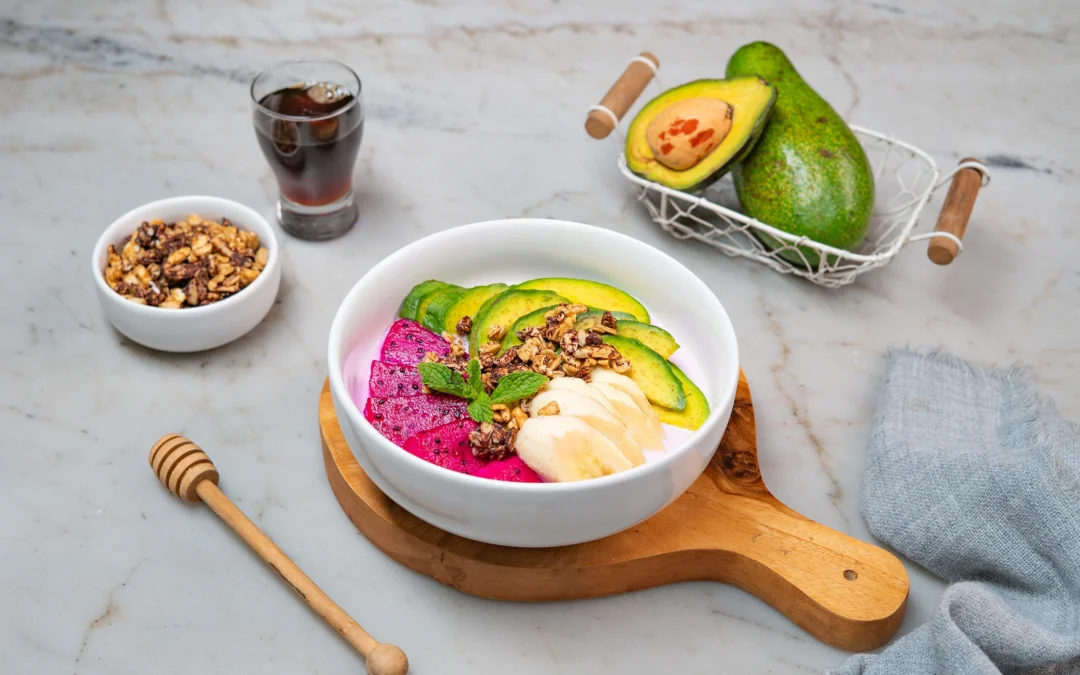
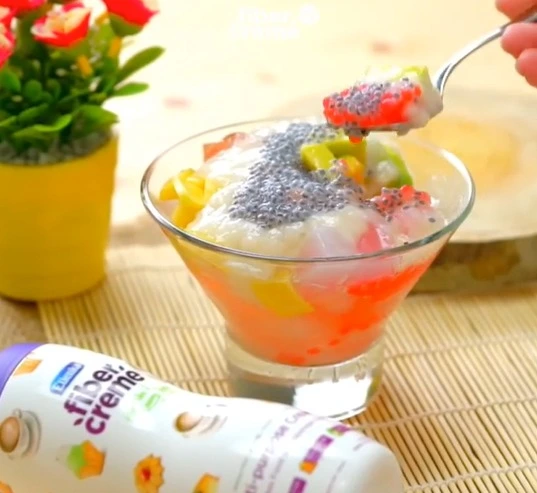
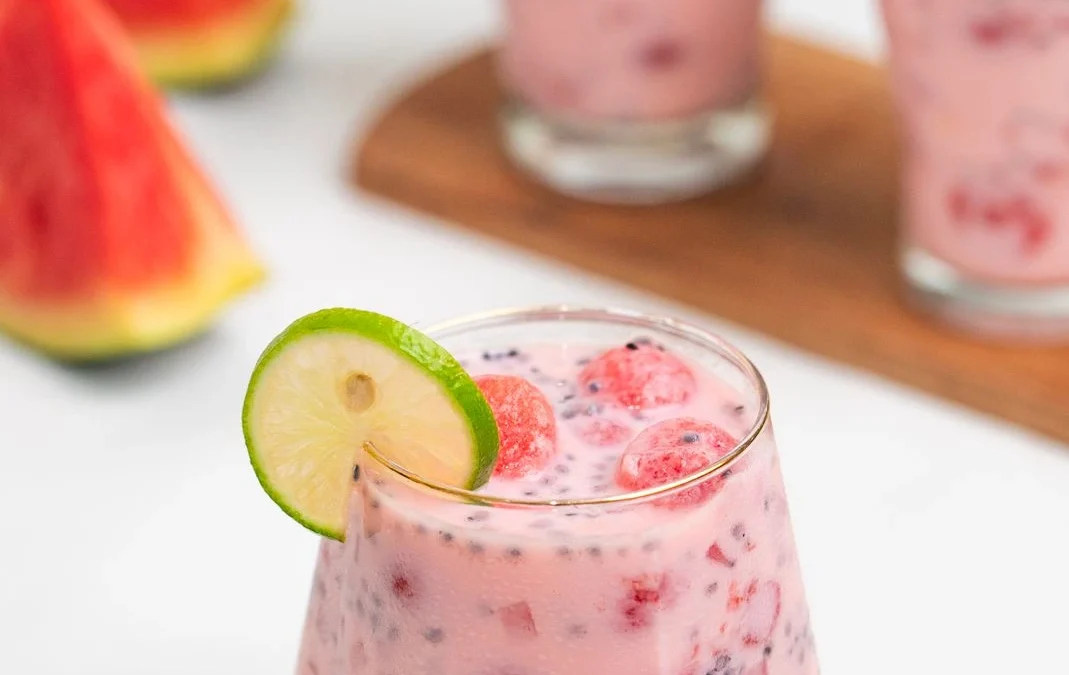
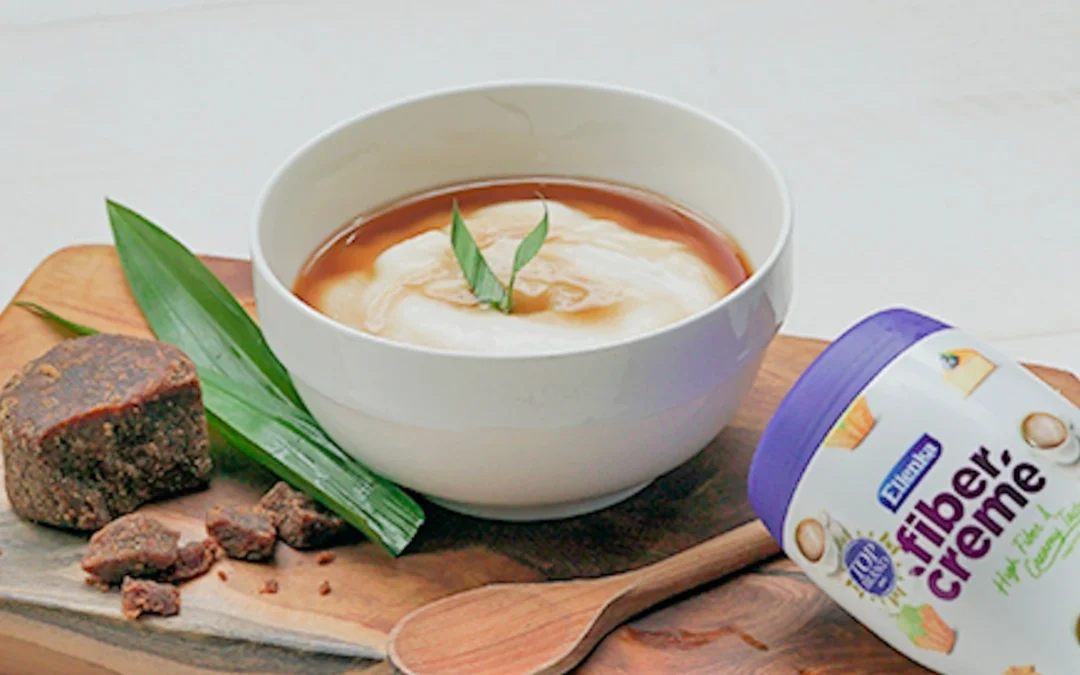
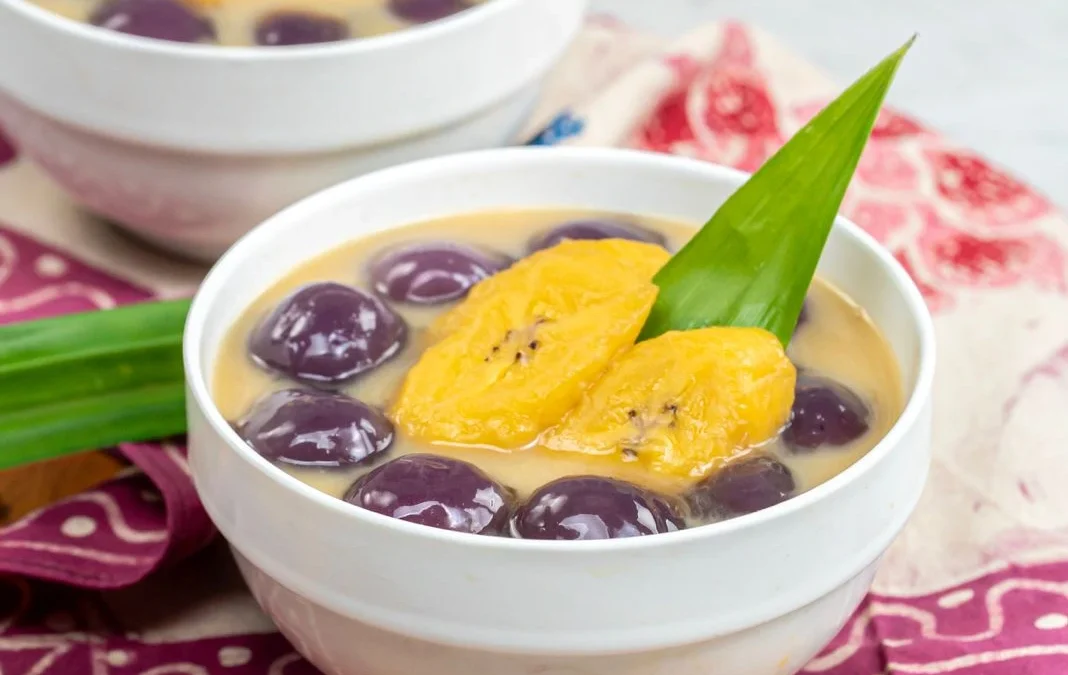
0 Comments